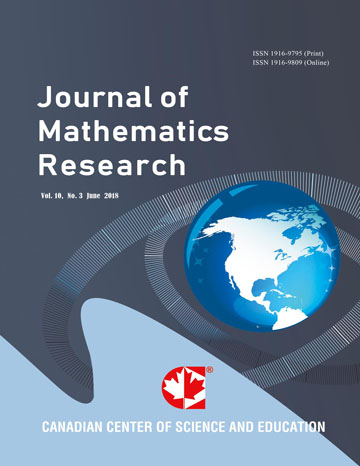Relativity of π as a Function of the Rotation of N-Sided Unit Polygons
- Luis Teia
Abstract
This article presents a new way to determine the value of π, using as an approach the area formed by the interference pattern of several rotating unit squares. The same approach is then applied to other N-sided unit polygons (i.e., triangles, pentagons and hexagons) to investigate how they affect this proportionality between circularity and linearity to a degree other than orthogonal (i.e., when the system axes do not form a right-angle, expressible in the new method as an approach that uses squares). Applied examples involving the Earth’s size and an orbiting satellite constellation are given.
- Full Text:
 PDF
PDF
- DOI:10.5539/jmr.v14n2p19
Index
- ACNP
- Aerospace Database
- BASE (Bielefeld Academic Search Engine)
- Civil Engineering Abstracts
- CNKI Scholar
- DTU Library
- EconPapers
- Elektronische Zeitschriftenbibliothek (EZB)
- EuroPub Database
- Google Scholar
- Harvard Library
- IDEAS
- Infotrieve
- JournalTOCs
- MathGuide
- MathSciNet
- Open policy finder
- RePEc
- ResearchGate
- Scilit
- Technische Informationsbibliothek (TIB)
- The Keepers Registry
- UCR Library
- Universe Digital Library
- WorldCat
Contact
- Sophia WangEditorial Assistant
- jmr@ccsenet.org
